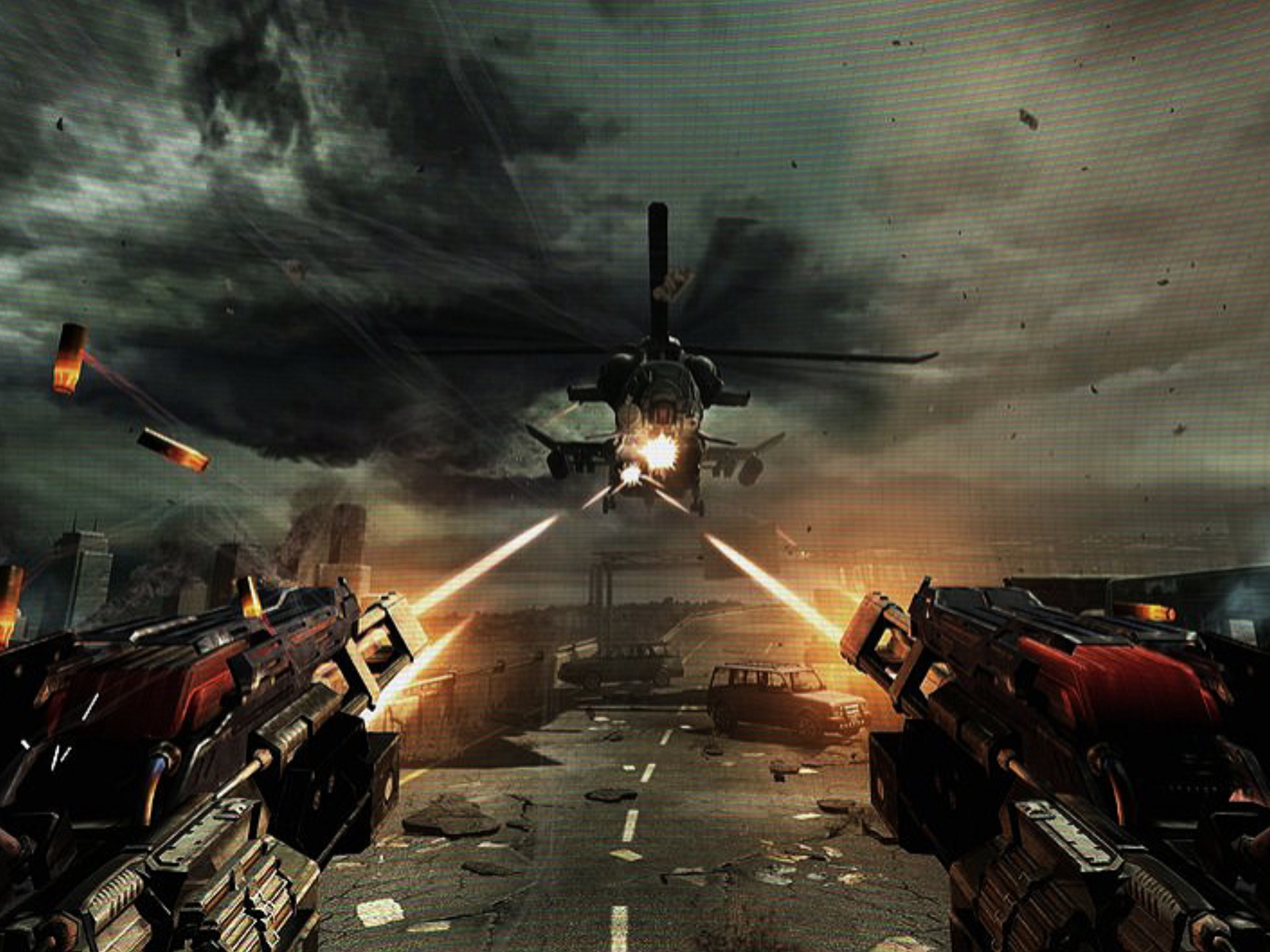Review: A Masterclass in Game Design – A Deep Dive into Crafting Immersive Experiences
Introduction
Game design is an intricate blend of art, psychology, and technology. A truly masterful game captivates players, immerses them in its world, and keeps them engaged for hours. In this review, we explore what makes a game design exceptional, analyzing key elements such as mechanics, storytelling, player agency, and aesthetics. Whether you're a developer, a critic, or an avid gamer, understanding these principles can deepen your appreciation for the craft.
1. The Foundation: Core Mechanics
1.1. Intuitive Controls & Responsiveness
A game's mechanics are its backbone. The best games ensure that controls feel natural, with minimal learning curves. For example, Celeste (2018) uses simple directional inputs but layers complexity through level design, making each movement feel precise and rewarding.
1.2. Balancing Challenge & Reward
A well-designed game strikes a balance between difficulty and satisfaction. Dark Souls (2011) is notorious for its punishing combat, yet its fair checkpoint system and incremental progress keep players motivated.
1.3. Emergent Gameplay
Games like The Legend of Zelda: Breath of the Wild (2017) allow players to experiment with mechanics, leading to unexpected solutions—showcasing how flexibility in design fosters creativity.
2. Narrative & World-Building
2.1. Environmental Storytelling
Some of the most compelling stories are told without words. Hollow Knight (2017) uses decaying ruins and cryptic NPCs to weave a haunting tale of a fallen kingdom.
2.2. Player-Driven Narratives
Games like Disco Elysium (2019) let players shape their character’s personality, making each playthrough unique. This level of agency deepens emotional investment.
2.3. Pacing & Emotional Beats
A masterclass in pacing can be seen in The Last of Us Part II (2020), where tension and quiet moments are carefully balanced to maximize impact.
3. Aesthetic & Immersion
3.1. Art Direction & Visual Identity
Distinct art styles—such as Cuphead’s (2017) hand-drawn animation or Gris’ (2018) watercolor aesthetic—enhance immersion and emotional resonance.
3.2. Sound Design & Music
Audio is often underrated but crucial. Undertale (2015) uses leitmotifs to connect characters and emotions, while Hellblade: Senua’s Sacrifice (2017) employs binaural audio to simulate psychosis.
3.3. UI & Accessibility
A seamless UI, like in Hades (2020), ensures players stay engaged without unnecessary distractions. Accessibility options, such as those in The Last of Us Part II, make games inclusive.
4. Player Psychology & Engagement
4.1. The Flow State
Great games induce flow—a state of deep focus where challenge and skill are perfectly matched. Tetris Effect (2018) achieves this through hypnotic visuals and rhythmic gameplay.
4.2. Feedback Loops
Positive reinforcement, like Animal Crossing’s (2020) daily rewards, keeps players returning. Meanwhile, Dead Cells (2018) uses permadeath to encourage mastery.
4.3. Social & Competitive Elements
Multiplayer games like Among Us (2018) thrive on social deduction, while League of Legends (2009) leverages ranked systems to sustain long-term engagement.
5. Innovation vs. Tradition
5.1. Reinventing Genres
Some games redefine expectations. Portal (2007) turned first-person puzzles into a narrative experience, while Return of the Obra Dinn (2018) reinvented detective games.
5.2. Nostalgia & Modernization
Titles like Stardew Valley (2016) pay homage to classic farming sims while adding modern QoL improvements.
5.3. Risks & Experimental Design
Games like Kentucky Route Zero (2020) prioritize atmosphere over traditional gameplay, proving that innovation doesn’t always mean mechanics.
Conclusion: What Makes a Masterpiece?
A masterclass in game design isn’t just about polished mechanics or stunning visuals—it’s about harmony. The best games balance challenge with reward, storytelling with interactivity, and innovation with familiarity. Whether through emergent gameplay, emotional narratives, or immersive aesthetics, these experiences stay with players long after the credits roll.
For aspiring designers, studying these principles is essential. For players, recognizing them deepens appreciation. And for critics, they provide a framework for evaluating excellence.

Final Verdict: The greatest games are those that feel alive—where every element, from controls to music, works in perfect unison to create something unforgettable.
Tags: #GameDesign #GameReview #IndieGames #AAA #NarrativeDesign #PlayerEngagement #GameDevelopment #GamingIndustry


















